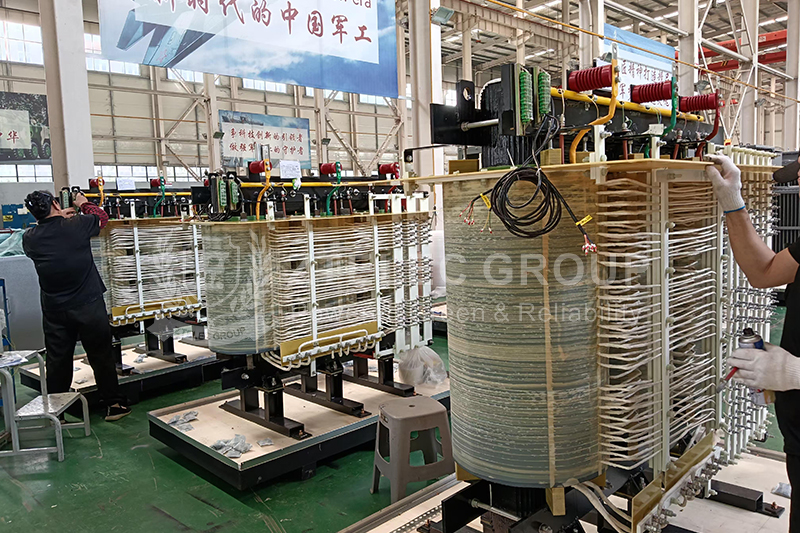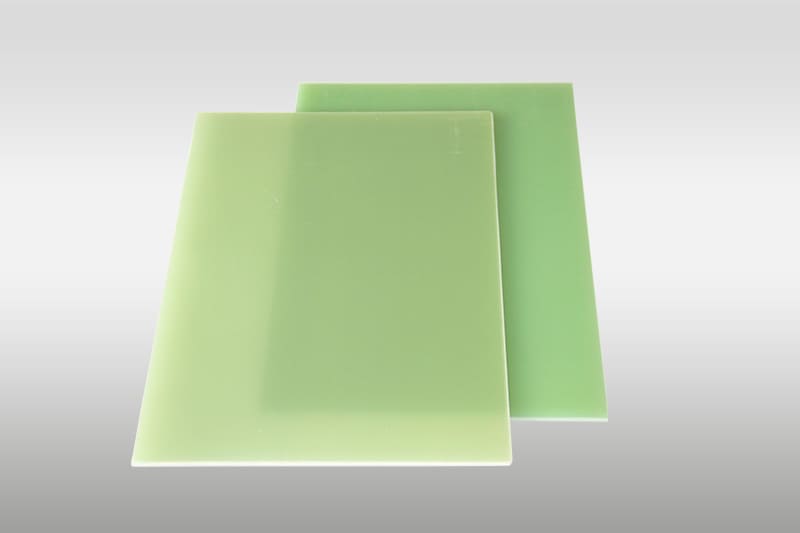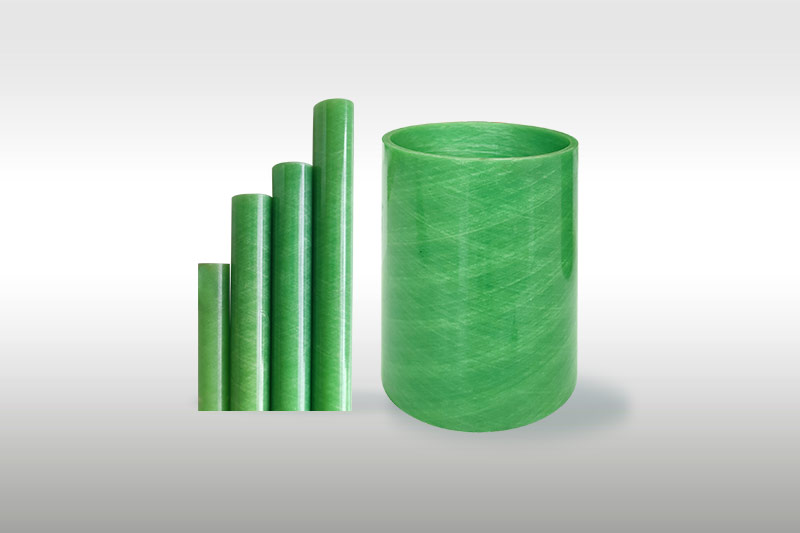Box-Type Transformers: Dry-Type or Oil-Immersed?
Box-type transformers, also known as compact substations, integrate transformers, high-voltage, and low-voltage control equipment within a sealed housing. With their compact size, high reliability, and easy installation, they are widely applied in power distribution systems, residential communities, commercial centers, hospitals, schools, and industrial projects. The transformer inside a box-type substation is the core component and is generally classified into two types: dry-type and oil-immersed. Choosing the right one depends on application scenarios, safety requirements, cost considerations, and environmental conditions.
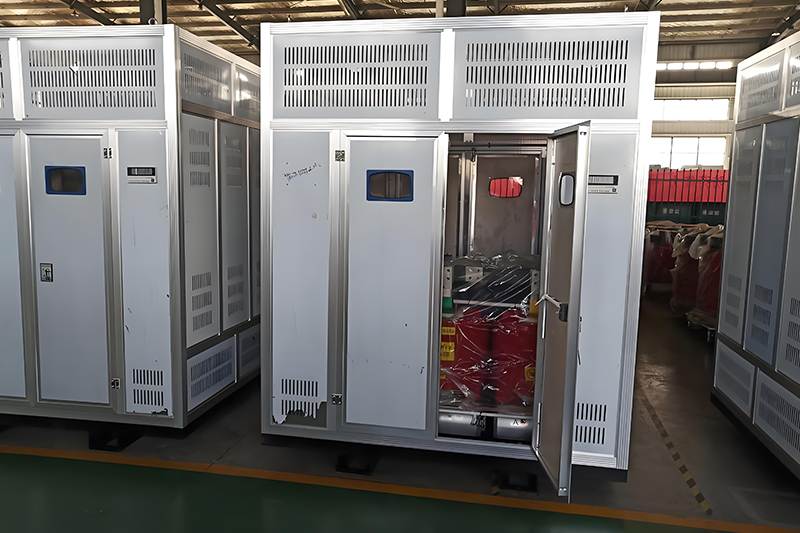
Application of Dry-Type Transformers in Box-Type Transformers
Dry-type transformers use epoxy resin or vacuum impregnation as insulation, eliminating the need for oil. This makes them eco-friendly and fire-safe. Their compact design, lightweight structure, and low maintenance requirements make them a popular choice for modern distribution networks.
Core Features: Dry-type transformers feature advanced insulation technology with epoxy resin, ensuring oil-free, safe, and stable performance. They are maintenance-free, cost-efficient in long-term operation, and adaptable to space-constrained installations. Low operational noise makes them ideal for residential and commercial projects.
Applicable Scenarios: They are widely used in urban residential communities, shopping centers, hospitals, schools, and other densely populated areas requiring strict fire protection. Indoor and semi-indoor environments, such as underground substations and building distribution rooms, benefit from their compact size. They are also suitable for projects with strict environmental standards, avoiding the risk of oil leakage and pollution.
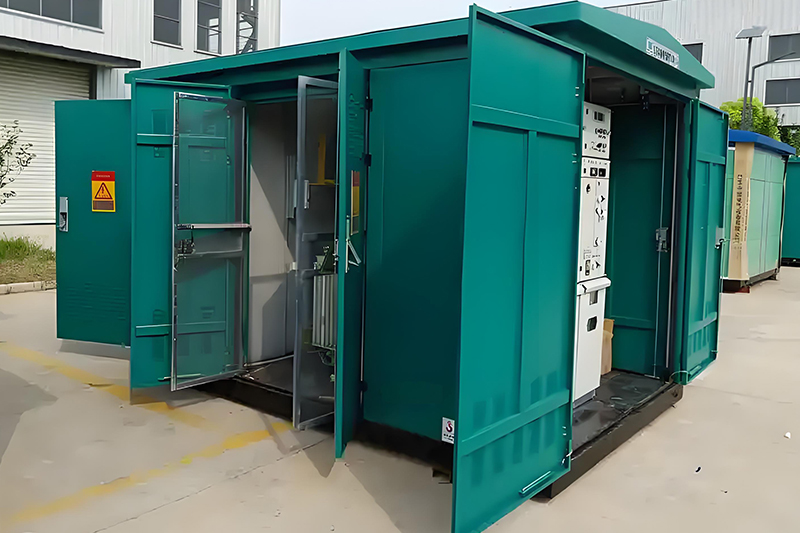
Application of Oil-Immersed Transformers in Box-Type Transformers
Oil-immersed transformers are traditional designs that rely on transformer oil for both insulation and heat dissipation. Their cooling efficiency and operational stability make them ideal for large-capacity, long-term operation in demanding environments. Despite requiring more complex maintenance, they remain a cost-effective option for large-scale power projects.
Core Features: Oil-immersed transformers use mineral or vegetable oil for insulation and cooling. Their excellent heat dissipation makes them suitable for high-capacity applications. They generally have a lower purchase cost compared to dry-type transformers but require regular oil quality monitoring, sealing checks, and additional fire protection measures due to potential leakage and fire risks.
Applicable Scenarios: Oil-immersed transformers are preferred for outdoor installations such as industrial parks, wind farms, and mining operations, where heat dissipation and safety facilities are easier to implement. They are also suitable for projects in remote locations and cost-sensitive applications, as well as large-capacity transmission and distribution systems operating at 10kV and above.
Which Transformer Type is Best for Box-Type Transformers?
Both dry-type and oil-immersed transformers have their strengths and limitations. Oil-immersed transformers are ideal for high-capacity, long-duration power projects requiring stable performance, while dry-type transformers are better suited for crowded, urban, and indoor environments where safety, low noise, and environmental protection are priorities. The choice should always be based on project-specific requirements, safety regulations, and environmental considerations to ensure long-term reliable operation of the power distribution system.
- more+releated article
- 2025-09-15Main Advantages and Application Value of Europ
- 2025-09-13Regular Inspection and Maintenance Guide for 6
- 2025-09-13Efficiency, Cooling Systems, and Protection Me
- 2025-09-12Selection Guide for Yellow Epoxy Resin FR4 in
- 2025-09-12Installation and Maintenance Guide for Europea
- 2025-09-10Where to Buy Epoxy FR4 Yellow Transformer Insu
- 2025-09-09Best Oil Type Transformer Solutions for the In
- 2025-09-09Epoxy FR4 Yellow Laminate vs Pressboard: Choos
- 2025-09-08Oil Type Transformers: Price, Efficiency, and
- 2025-09-08Epoxy FR4 yellow board in power transformer

